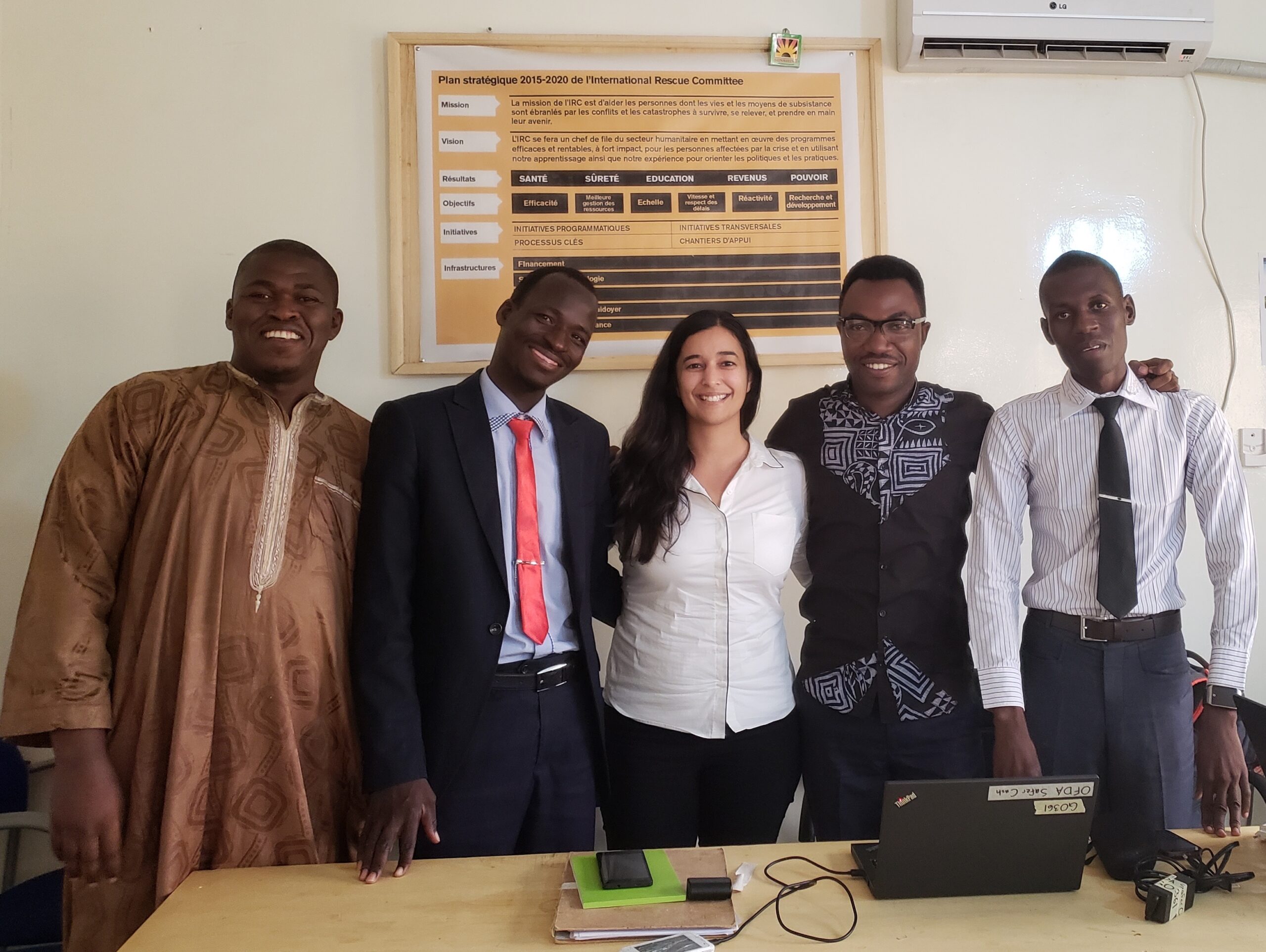Resources to Those Who Need it Most
As donors and aid agencies increasingly turn toward cash assistance to support people displaced by conflict or natural disaster, evidence-based guidance is needed to ensure that cash safely and effectively reaches those who need it most. From 2017-2018, the Health and Human Rights Program completed the USAID-funded “Safer Cash” project in partnership with the International Rescue Committee. The project involved intensive research in conflict-affected communities in Cameroon and Afghanistan to inform the development of a toolkit for practitioners to better assess and mitigate protection risks that arise in cash programming for vulnerable groups in emergencies, including people with disabilities, older people, and female-heads of households.

Partners


The Safer Cash Toolkit is a set of three tools and additional guidance to:
- Generate awareness and understanding of potential protection risks and who is most affected by such risks through a staff training;
- Ensure cash programs are systematically collecting and using data based on the potential risks to the target population to inform program design;
- Monitor the risks, and where possible, make adjustments in the current program cycle or learn for the next program cycle.


